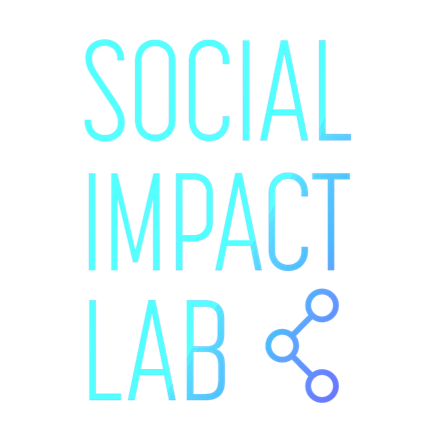Project Overview
Solutions PDX is a multi-partner collaboration between key stakeholders in the community who are passionate about supporting youth transitioning out of foster care.
The experience of aging out is traumatic. Some youth have longed for permanency and yet have not been adopted. Others want simply to be out of the system and on their own-- and yet they often don’t have the social support and networks that can ensure their success as adults. No matter how youth approach aging out, one thing is certain: resources, services and supports begin to fall away once you turn 18.
Youth who are aging out of foster care face an uphill climb. They are less likely to graduate high school, less likely to attend college, and less likely to graduate from college if they do go. They are more likely to become teen parents, more likely to experience addiction, more likely to experience financial insecurity, and more likely to become homeless.
The Challenge
From key stakeholder input, we know that foster youth want housing that is safe and secure, private and personalized, engages them in governance, and gives access to services and social supports
Recently, a new Portland housing development attempted to redesign the experience of aging out. New Meadows, a partnership between Bridge Meadows and New Avenues for Youth, is a housing development designed by and for transitional foster youth. It features efficiency units, communal areas, connected services, and a participatory governance model. The New Meadows model has received congratulatory press coverage and support from governor and the Oregon legislature. But it’s just one model -- and youth experiences are varied.
SILpdx participants are invited to co-design a new idea of "home" that’s developmentally appropriate, trauma-informed, and deeply connected to the community.
the social impact lab design challenge:
How might we redesign “home” or “housing” for transitional foster youth?
About the Project Lead
Kristin Brown is a former Court-Appointed Special Advocate (CASA) and now provides respite care for foster youth. She has a passionate belief that since foster children are in the care of our community, then our community has a responsibility for our foster kids.
Project History
A brief ideation summit held in May 31 brought business leaders together with foster youth to brainstorm ways that the local business community could support transitional foster youth. Youth-centered, trauma-informed housing emerged as a priority.
In addition, the Oregon Foster Youth Connection held a Policy Conference in July that asked foster youth aged 16-24 to identify policy priorities. Youth-centered, trauma-informed housing again emerged as a priority for youth.
Watch Kristin provide a preview of the Social Impact Lab project - Click here to play (Video Length: 25 minutes)
Q&A with Kristin
What does success look like?
Success for us would look like a prototype or a portfolio of prototypes that could be offered to the state legislature as options to support youth who are aging out of foster care to find "home." Those prototypes could be sketches for actual houses, or they could be tools (like service maps or apps) that foster youth could use to bring "home" into their houses.
What are the biggest opportunities in this design challenge?
The biggest opportunity is to think of new ideas that are trauma-informed, developmentally appropriate, and connected to the community. To unpack this:
Trauma-informed housing would mean that where you live acknowledges that you might live with ambiguous loss or with past trauma, and that the space, schedules, and decision-making structures take trauma and loss into account.
Developmentally appropriate would mean that where you live offers opportunities to practice adulthood within safe environments that allow for experimentation and failure.
And connection to the community is important as well. Foster youth may not have the networks of family and family friends that youth without foster care experience often have access to. This means that where you live should give you opportunities to build those connections.
What are you most excited about?
This project hits my sweet spot: where innovative systems design meets the very real needs of foster youth. Redesigning what “home” or “housing” might look like offers the opportunity to dramatically alter outcomes for transitional foster youth. I’m so excited to see what fresh prototypes might emerge to shake up the bureaucratic and sometimes static landscape of foster care.
More Details
Sponsor Information
SolutionsPDX is a collaboration among Oregon Foster Youth Connection, Children First for Oregon, Portland Community College ASPCC, and New Avenues for Youth.
For questions about the Social Impact Lab, contact lab organizers directly.



